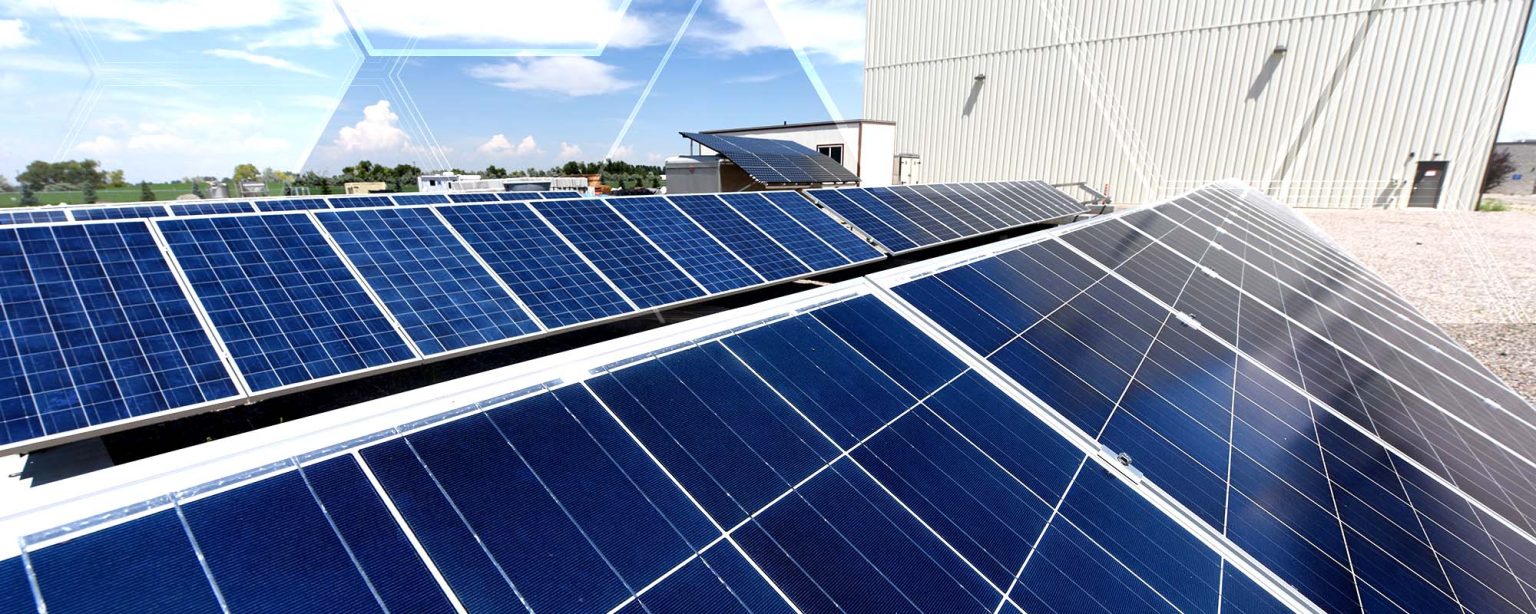INL News Release
FOR IMMEDIATE RELEASE
Oct. 27, 2021
NEWS MEDIA CONTACTS:
Abby Todd-Bloxham, 208-604-2229, [email protected]
Michelle Goff, 208-932-6581, [email protected]
Clean Energy: Idaho National Laboratory launches its Net-Zero Microgrid program
Idaho National Laboratory is launching a new Net-Zero Microgrid (NZM) program thanks to funding from the Department of Energy’s Office of Electricity. This program will research carbon-free solutions that offer enhanced resilience to critical infrastructure, supporting the U.S. and the entire globe, including underserved communities.
“Microgrids are a set of electricity generators that can manage themselves without being connected to the grid,” said Tim McJunkin, a distinguished researcher in INL’s Power and Energy Systems department. “If they are connected to the grid, they can support themselves as well as the distribution and transmission systems.” This means they can provide grid services to both local utilities and larger power authorities.
Microgrids are increasingly trusted as a source of uninterrupted power for public services like transportation, health care and emergency response centers. Some of them have a reduced carbon footprint, which helps achieve U.S. emission goals and a net-zero carbon economy.
The Net-Zero Microgrid program will conduct cross-cutting research to accelerate the removal of carbon-emitting technologies. It will organize research and development activities across multiple energy resources.
For example, the program leverages the expertise and platforms in INL’s Energy Systems Laboratory and its nuclear energy research testbeds. This includes the Microreactor Applications Research Validation and EvaLuation (MARVEL) research microreactor, funded under the Department of Energy’s Office of Nuclear Energy.
“Nuclear, renewables and energy storage can potentially have a large advantage over typical diesel or natural gas microgrids,” INL senior microgrid researcher Kurt Myers said. “Decreasing or removing the fuel supply chains can reduce potential impacts and costs for remote applications and improve availability in cases where pipelines or supply systems could be disrupted by weather, disasters or cyberattacks.”
A sustainable energy future depends on the ability to harness carbon-free energy sources and deliver power derived from these sources – economically and reliably – wherever and whenever needed.
“Today microgrids provide stable and high-quality power to critical military and community needs. But they almost all use conventional fossil energy generators,” McJunkin said. “This program will address roadblocks to moving away from the fossil-fuel-based option.”
INL is committed to demonstrating the viability of microgrids that will reduce greenhouse gas emissions from greater than 80% in 2020 to less than 50% within the next four years. Integrating renewable energy sources with small reactors, hydrogen fuel cells and energy storage will allow us to meet these goals.
INL is a U.S. Department of Energy (DOE) national laboratory that performs work in each of DOE’s strategic goal areas: energy, national security, science and environment. INL is the nation’s center for nuclear energy research and development. Day-to-day management and operation of the laboratory is the responsibility of Battelle Energy Alliance.
See more INL news at www.inl.gov. Follow us on social media: Twitter, Facebook, Instagram and LinkedIn.





